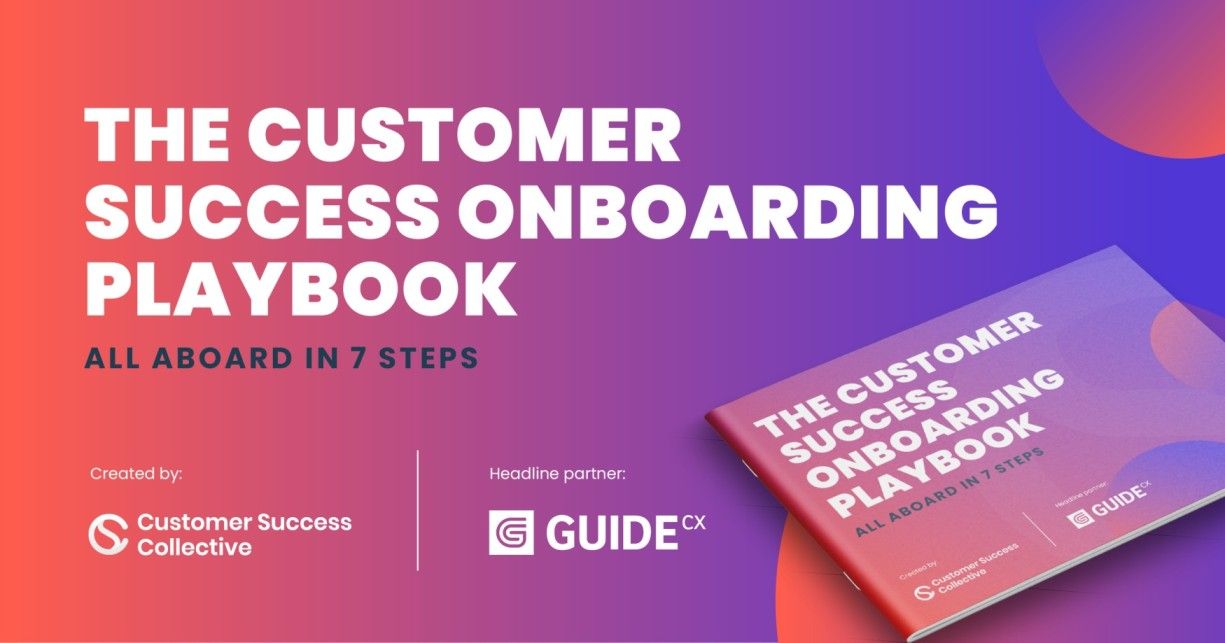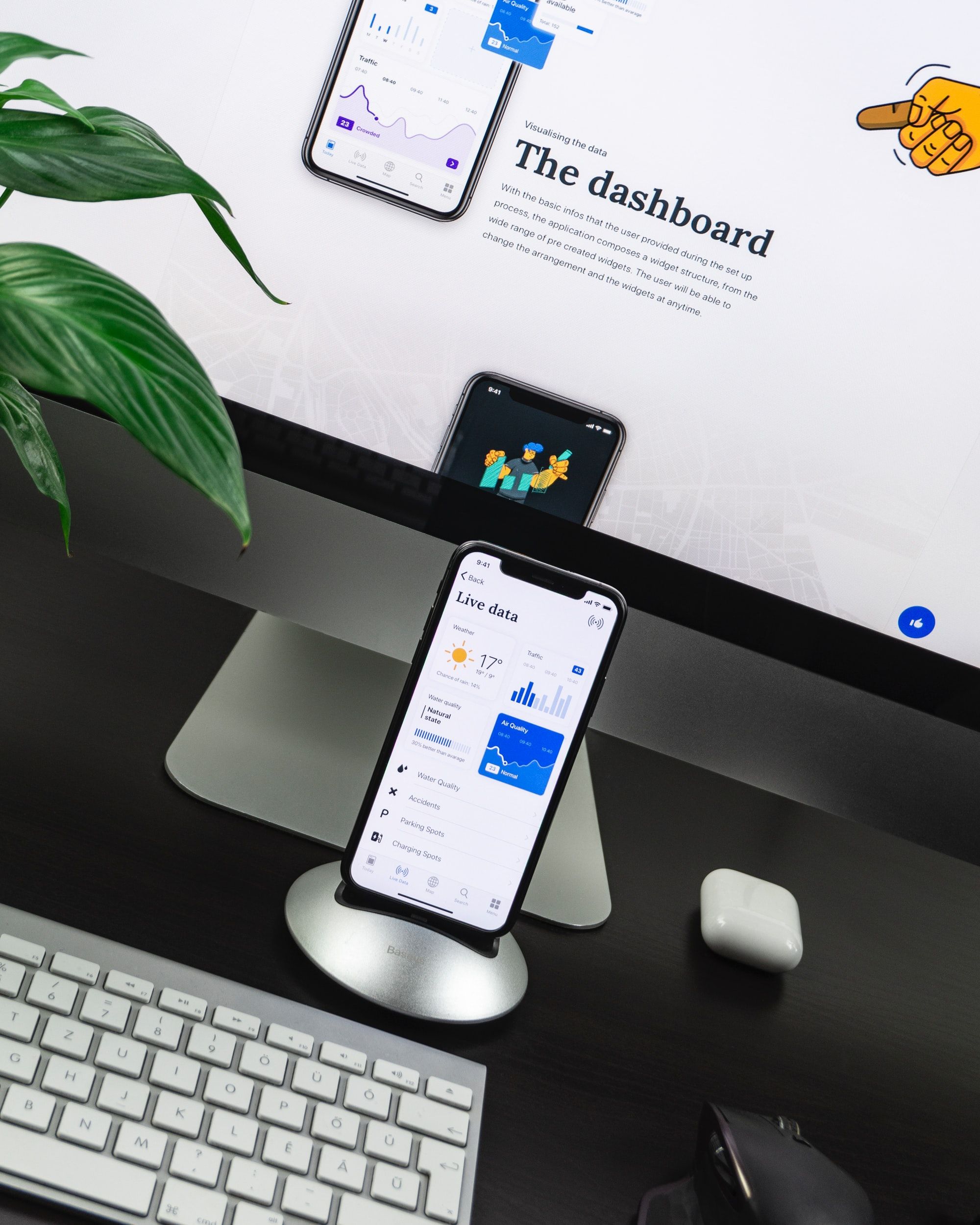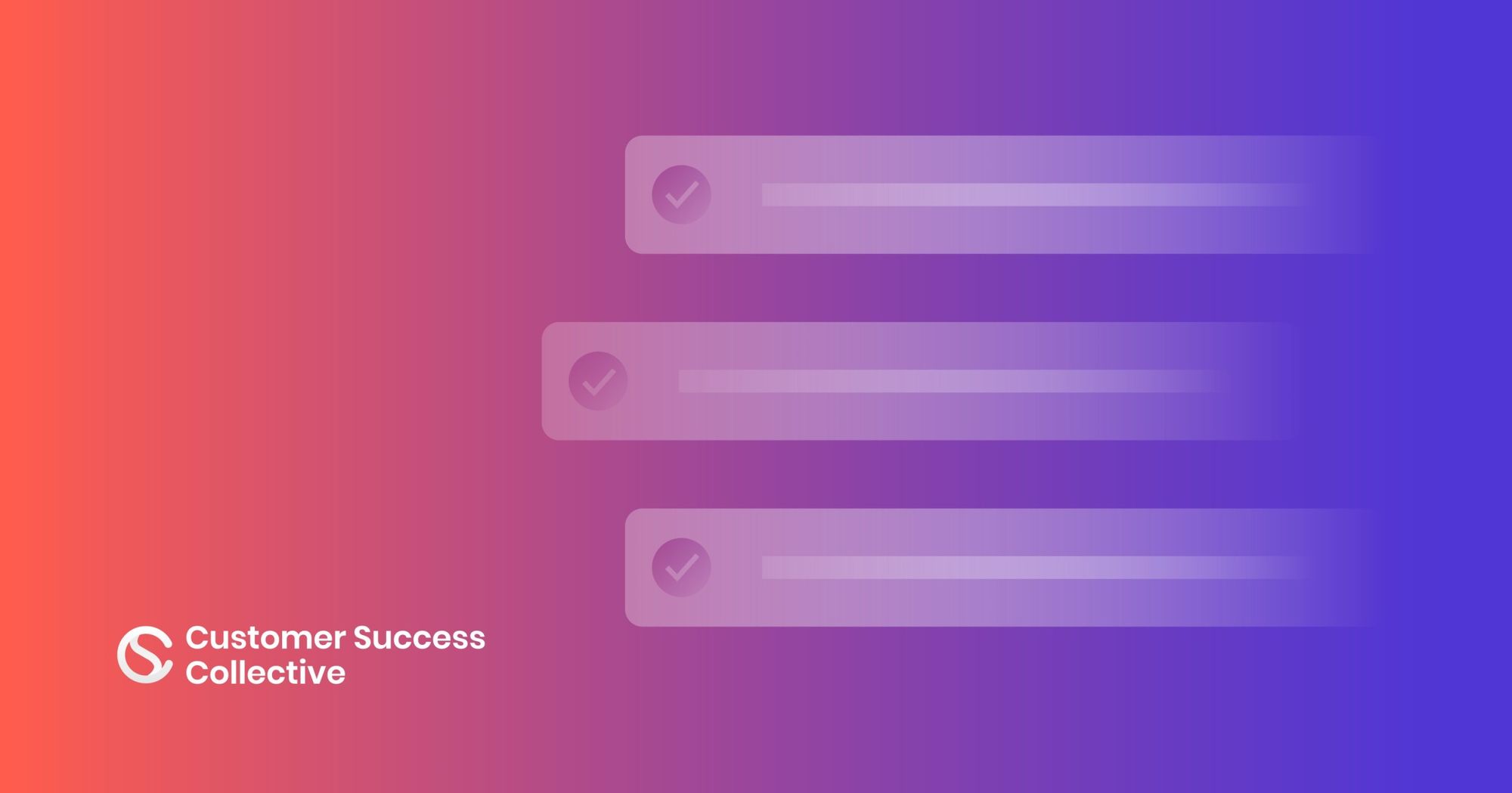Customer onboarding is one of the most critical aspects of any business. It sets the tone for the entire customer experience and can literally be the difference between a customer deciding to stick with your company, or finding an alternative with your competitors.
In this article, we’ll outline the 10 best practices for a seamless customer onboarding process that will help you create a positive customer experience, drive engagement and ultimately propel your customer retention rates.
Customer onboarding best practices
So for anyone in a rush and after the top-line information, here’s what will be covered in this article:
- Start the onboarding process early
- Provide self-service resources
- Manage expectations
- Communicate clearly and frequently
- Use automation to streamline the process
- Provide comprehensive training
- Continuously improve the onboarding process
- Celebrate milestones and successes
- Personalize the onboarding experience
- Provide ongoing support
We’ll go into each of these crucial tips in more detail in just a second, but first, we’re going to answer a burning question…
Why is customer onboarding so important?
There’s nothing worse than the feeling of buying a new product, bringing it home and not quite understanding how you should use it. You’re pretty confident your original intentions were solid when buying it, but somehow, between purchase and implementation, something’s been lost in translation.
Alternatively, you could have bought a product, used it, be fairly happy but your engagement with it dwindles. You’ve reached all you can with that product. But what you don’t know is that you’re currently unaware of a whole set of features that aren’t currently being utilized, which would take this product from a 6/10 to a 10/10. The same happens all the time with software and subscription services (SaaS).
Having a proper product education is in everyone’s best interest; it serves the person who’s bought the product, who wants to make sure their money has been well spent; it serves the product user, who wants to know about every relevant feature to alleviate the problem(s) the product is supposed to be solving; it serves the company who sells the product, for they want their product to be well-received.
But how do satisfy all parties? You make sure you successfully onboard your new customers.
To make sure your new customers fully understand the value of your product, get a pen and paper out and jot down these 10 game-changing best practices for a seamless customer onboarding process. 👇
1. Start the onboarding process early
“Onboarding is the first impression that starts the path toward a successful partnership or failed partnership. The impact of this phase of work on the long-term relationship cannot be overstated.”
- Harris Clarke, Chief Operating Officer (COO) at GUIDEcx
We can’t quite articulate this enough: first impressions most certainly do count.
The onboarding process should start as soon as a customer has signed up for your product or service. You should send them a welcome email, thank them for their business, and let them know what to expect next.
This will set the tone for the rest of the onboarding process and help build a relationship with your customer from the beginning. Additionally, if your product or service requires any setup or configuration, provide clear instructions to make it easy for your customers to get started.
Most people will associate onboarding with the initial introduction the CSM makes to the customers, right? They’re not wrong, this introduction is critical. But in order to have a successfully onboarded customer, you need to start thinking about this way before.
Onboarding actually starts before the prospect has converted. You need to make sure you’ve got a few bases covered before you make your first move. Way before you introduce yourself, you’ve got to settle a few things to make sure your customer onboarding process packs the punch.
To recall a hard-hitting point made by Mike Lee, Director of Customer Success at PublicInput, at the Customer Success Festival in October 2022:
“The sooner that you can get your customers to understand what is going to be needed as they move down their journey, the better it’s going to be.”
2. Provide self-service resources
Customer onboarding is all about making the customer’s experience as smooth as possible, and what better way of ensuring a seamless experience than to have resources readily available? Anytime, anywhere.
You’ll immediately introduce friction into the customer experience if you fail to provide readily accessible resources, such as ‘how-to guides’, video tutorials, FAQs, etc. If the customer has to go out of their way to find this information, they’re not likely to stick with the product.
It’s in the best interest of the customer success team to provide clearly sign-posted resources that the customer can access at any time of the day, or night, without having to request this information from the customer support team or their designated Customer Success Manager or Account Manager.
3. Manage expectations
You should lay out your expectations of the customer’s journey from the get-go.
It ought to be the prerogative of every customer success team to make sure their new customers understand what they can expect from the product or service, and what the company will do to support them. This can include outlining the specific features and benefits of the product or service, as well as the support and resources that will be available to them.
Being able to accurately forecast end dates allows you to properly manage expectations and put you in a position to address risks as they arise and make adjustments as needed. To maximize your efficiency throughout your onboarding, especially in the aspect of addressing issues as they arise, make sure your process promotes transparency with every interaction.
Harris Clarke, Chief Operating Officer at GUIDEcx, is a staunch supporter of the viewpoint that “forecasting risk will build confidence, not hurt it.”
Forecasting and mitigating risk
Actively engaging in forecasting and mitigating risk factors will increase confidence in your customers because you are showing them not only that you know what you’re doing but you are also looking out for their best interests. Optimizing customer success, at the root, is really about providing great customer service. Show, don’t just tell, your customers that you are here to work with them and help them achieve their goals.
Promoting transparency during onboarding will build and reinforce confidence in your customers which, in turn, will help to drive customer success. When your customers have confidence in the process it’s much easier to make adjustments in real-time as needed because the customer trusts you and doesn’t need to spend time questioning your actions.
4. Communicate clearly and frequently
Effective communication plays a critical role in achieving customer success, and it all starts from the very beginning. Much like our earlier point that the onboarding process should start straight away – effective communication benefits from this, too.
Proactive outreach
A fantastic way to ensure your communication is hard-hitting and relevant is to engage in proactive outreach throughout the customer onboarding process. This can include sending personalized messages and regular updates and checking in with customers to ensure that they are satisfied with their experience so far.
By reaching out to customers before they reach out to you, you can anticipate any potential issues and address them proactively. This can include sending personalized messages or offering additional support.
Regular updates and check-ins
A big part of effective communication is to provide regular updates and check-ins during the onboarding period. The whole point of this process is to support the customer as they adopt your product. By consistently reaching out and making sure all’s well, you avoid any nasty surprises that could incur if the customer feels ignored or out of the loop.
This can include personalized messages that address any concerns or questions the customer may have. It is also helpful to schedule regular check-ins to assess progress and make any necessary adjustments.
Exceptional customer experiences start from day one
Our Customer Onboarding Certified course provides the strategies and insights you need to craft an onboarding experience that delights users and drives results.
Learn to segment and personalize, continually optimize based on feedback, identify key metrics, and map the customer journey.
We'll give you the tools to understand your customers, engage them fully, and set their experience up for long-term success.
Invest in your customers, invest in your business.
5. Use automation to streamline the process
Automation is a form of artificial intelligence (AI) that is used by businesses to replicate what were traditional human functions on a greater scale than humanely possible.
Incorporating automation into customer success can help streamline the onboarding process and reduce the workload for your team.
For example, you can use automation to send out welcome emails, trigger notifications when certain milestones are reached, or set up automated messages to check in with customers. This can help ensure that all customers receive the same level of attention and support, even as your customer base grows. There are many benefits of using automation in your customer onboarding process, but the big two are: it saves time and reduces errors.
Examples of customer success automation tools to use during onboarding
- Automated emails: These can be set up to trigger at specific stages of the onboarding process, providing customers with useful information and resources. For instance, an automated welcome email can be sent immediately after a customer signs up, containing a summary of what they can expect during the onboarding process and what they need to do next. Other emails can be set up to follow up on completed tasks, offer helpful tips and advice, and check in on how the customer is progressing.
- Customer portals: These are online platforms where customers can access information, resources, and tools related to their onboarding process. A customer portal can be set up to provide a personalized dashboard where customers can view their progress, access training materials, and communicate with their dedicated onboarding team. The portal can also offer a range of self-service tools that enable customers to complete tasks and find answers to common questions without having to contact the support team.
- Chatbots: These are automated programs that can respond to customer inquiries in real-time, using natural language processing and machine learning to provide accurate and helpful responses.
- Workflow automation: This involves automating the repetitive tasks involved in the onboarding process, such as data entry, file uploads, and document signing. Workflow automation can be set up to trigger based on certain conditions, such as when a customer completes a specific task and can help ensure that tasks are completed in a timely and efficient manner.
By leveraging these automation tools, your business can streamline its customer onboarding process, reduce the workload on its customer support team by a ton, and provide a more personalized and engaging experience for its customers.
6. Provide comprehensive training
This is a big’un.
It essentially comprises a large part of the public perception of customer onboarding: education. Educating, or training, your customers not only helps them become familiar with your product or service but also ensures they feel confident and satisfied with their purchase. There are lots of ways to approach this, but the fundamental rule is to put yourself in the customer’s shoes.
To return to the sage words of Harris Clarke, Chief Operating Officer at GUIDEcx:
“Design your onboarding experience with your customer in mind at every step. Put your own team through that experience and you will discover ways to instill confidence, provide value and move the process along efficiently for your teams and your customers.
Ask yourself at every touchpoint: ‘Are we reinforcing value here? Are we eliminating any anxiety the customer may be feeling?’ That process will lead you to a great onboarding solution.”
Here are some ways you can finesse your training methods during the onboarding process. 👇
Use a mix of formats
People learn in different ways, so it's important to provide training in multiple formats. Consider creating videos, infographics, and step-by-step guides that can be accessed online. Additionally, make sure to offer in-person training or webinars for customers who prefer a more hands-on approach.
Provide detailed information
When creating training materials, make sure to provide comprehensive and detailed information. Don't assume that customers know anything about your product or service. Start from the basics and work your way up, providing examples and use cases along the way.
Make it interactive
Engage your customers during the training process by making it interactive. Encourage questions and feedback, and offer quizzes or exercises that will help reinforce what they've learned.
7. Continuously improve your onboarding process
It’s vital to think of onboarding as a continuous cycle. It’s not a one-time event that you can tick off your checklist and bury in the depths of your CRM. As your product or service evolves, so should your onboarding process.
Continuously scrutinizing and improving your onboarding process will ensure that it remains effective and relevant to your customers. Because let’s face it, in order to keep up with the ever-changing consumer habits and technological advancements of today’s fast-moving world, anything that’s left to stagnate unattended ultimately becomes irrelevant.
You can achieve this by making it a prerogative to constantly analyze customer data and incorporate customer feedback into your onboarding revisions. What works well for one type of customer or segment won’t always work for another. It’s essential to understand the nuances of your customer base and reflect this in your tailored approach to onboarding.
Measure success
To ensure that your onboarding process is effective, it's important to measure its success and make adjustments as needed. You can track metrics such as customer satisfaction, retention rates, and time to value to identify areas for improvement.
Another great way to guarantee your onboarding process is as fresh as a daisy is to use customer feedback and analytics. These two nuggets of gold will help to optimize your onboarding process over time, making adjustments to ensure that new customers are successful and satisfied with your product or service.
8. Celebrate milestones and successes
Recognizing and celebrating your customers' achievements is important for several reasons.
First and foremost, it shows your customers that you care about their success and that you are invested in their journey. By acknowledging their achievements, you’re validating their hard work and dedication, and encouraging them to continue on their path to success.
In addition, recognizing and celebrating your customers' achievements can help to build stronger relationships with them. When you take the time to acknowledge their accomplishments, you are showing them that you value their business and that you are committed to their long-term success. This can help to build trust and loyalty, and can ultimately lead to increased retention and revenue.
Here are some ways you can celebrate your customers’ achievements:
- Send personalized messages 📩
- Offer rewards 💰
- Feature them on your website or social media channels 📲
- Host a virtual celebration 🎉
- Provide exclusive access 🎖
You don’t have to do all of these suggestions right away, but a little recognition goes a long way for morale.
9. Personalize the onboarding experience
Personalized messages can make a big impact on customer satisfaction. By tailoring your messages to the specific needs of the customer, you can show that you are invested in their success. This can include congratulatory messages for milestones or personalized recommendations for optimizing their usage.
Through customer segmentation, you should be able to determine what value looks like for each smaller group of your customer base and aim to get them there quickly. These groups, or segments, each have shared characteristics, demographics, or behavior. By identifying who and what these segments are, you can hone your onboarding process to reflect these interests and characteristics.
For instance, some of your customers might be new to your particular industry and might need more basic and detailed training in comparison to another type of customer, who’s more experienced and may prefer more advanced training.
By tailoring the onboarding process to each group, your company can create a more relevant and engaging experience for your customers.
10. Provide ongoing support
Even after the onboarding process has finished, it's important for your customers to have that continued guidance offered in the initial onboarding process.
What we mean is that the helpful, supportive ethos underpinning your onboarding period shouldn’t come to a stop after Day 30, or however long it takes to onboard your customers. By offering ongoing support, you demonstrate to the customer that your company is consistent with its merits.
This could include offering training sessions or webinars to help them better understand your product or service, providing access to a customer support team for questions or issues, or sending out regular communication to keep them up-to-date on any new features or changes.
To wrap things up…
Making sure you’re providing a solid foundation for your new customers is integral to their eventual success. If they aren’t clearly guided through carefully designed stages that emphasize your product’s value, they’re less likely to achieve their goals and you increase chances of churn.
By implementing these 10 best practices in your customer onboarding process, you can ensure that your new customers have a positive experience and are set up for success with your product or service. This will ultimately lead to higher customer satisfaction, better retention rates, and increased revenue for your business.
What’s The Customer Success Onboarding Playbook?
Customer onboarding is the first crucial step in helping the customer realize product value. In fact, it's the foundation of customer success, which means it needs to be faultless. Which is why we created a playbook to outline this process. Consider it an easy-to-follow, step-by-step guide to onboarding.
We’ve partnered with GUIDEcx, the leader in customer onboarding software, and worked alongside some of the best onboarding specialists to put this playbook together, to help provide a clear-cut, tried-and-tested formula to onboard your customers successfully.
Made by customer success professionals, for customer success professionals.
Using this playbook, you’ll be able to streamline your onboarding process and visualize how each stage should play out. Start onboarding your customers for success today.



 Follow us on LinkedIn
Follow us on LinkedIn








